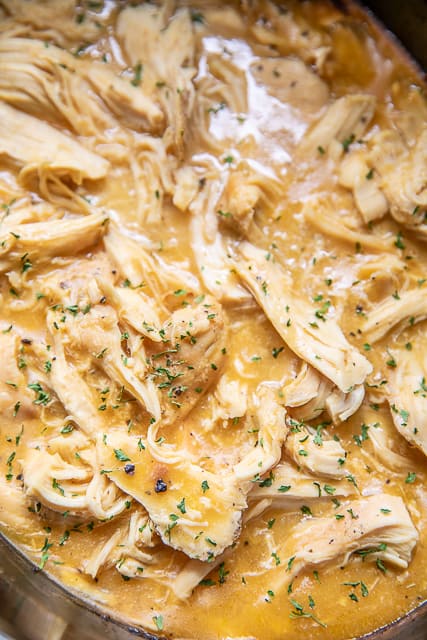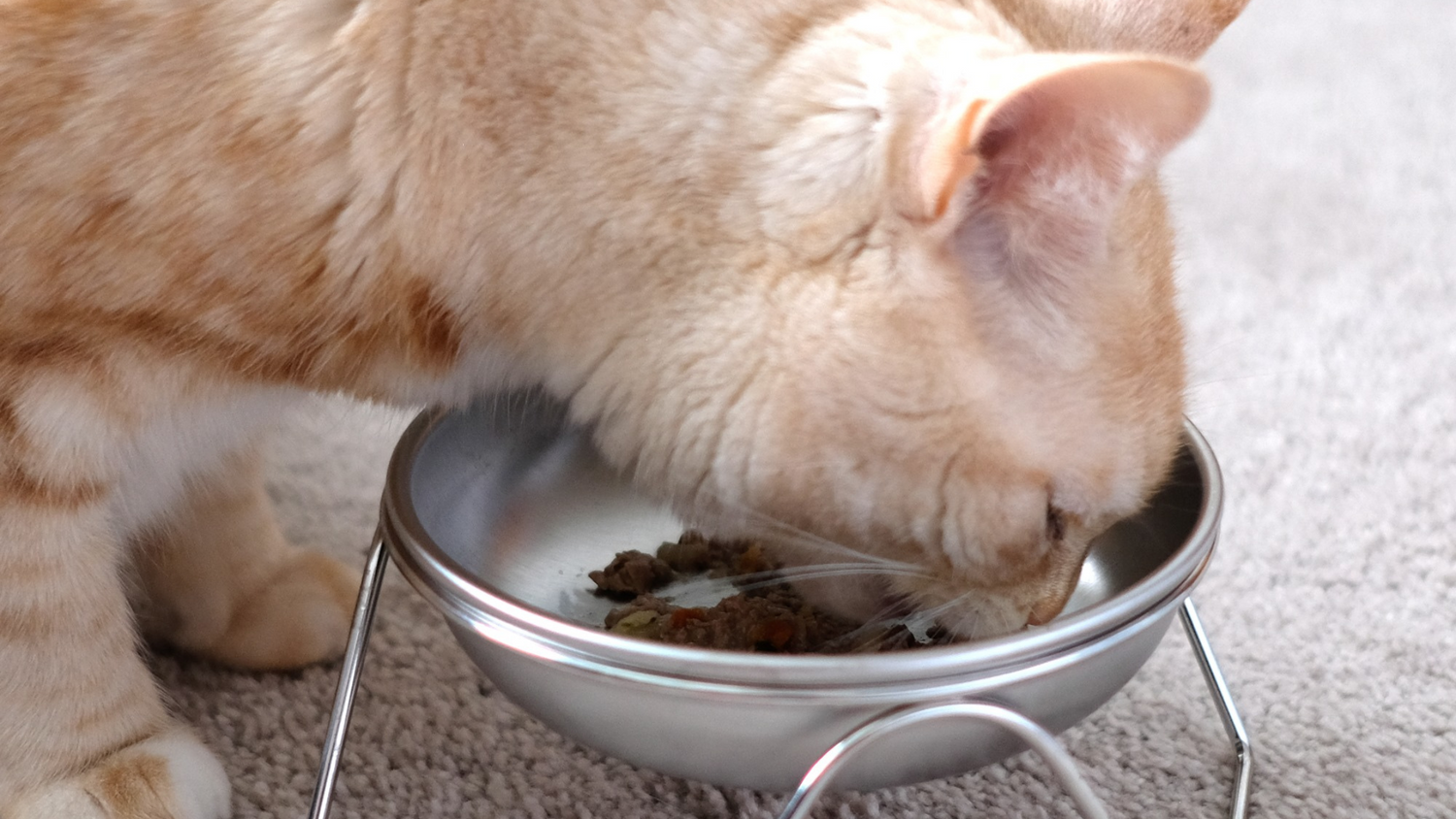Dog pica is a condition in which dogs compulsively eat non-food items, such as rocks, socks, and other objects. This behavior can be dangerous and harmful to the dog’s health. Fortunately, there are effective strategies for treating dog pica and helping your furry friend overcome this troubling behavior.
Understanding Dog Pica
Before discussing treatment strategies, it’s important to understand the underlying causes of dog pica. There are several potential reasons why a dog may develop pica, including:
- Nutritional deficiencies
- Boredom or stress
- Attention-seeking behavior
- Underlying medical conditions
It’s essential to work with a veterinarian to rule out any medical issues that may be contributing to your dog’s pica. Once any underlying health concerns have been addressed, you can begin implementing effective treatment strategies.
Effective Treatment Strategies
When it comes to treating dog pica, a multi-faceted approach is often necessary. These strategies may include:
1. Dietary Changes
Addressing any nutritional deficiencies is a critical aspect of treating dog pica. Ensuring that your dog is receiving a balanced and complete diet can help reduce the likelihood of them seeking out non-food items to consume. Your veterinarian can provide guidance on the best diet for your dog’s specific needs.
2. Environmental Enrichment
Providing plenty of mental and physical stimulation for your dog can help alleviate boredom and reduce the likelihood of pica. Engage in regular playtime, provide interactive toys, and consider enrolling your dog in obedience or agility classes to keep their mind and body active.
3. Behavior Modification
Working with a professional dog trainer or behaviorist can help address any underlying behavioral issues that may be contributing to pica. Positive reinforcement training techniques can be effective in redirecting your dog’s focus and teaching them more appropriate behaviors.
4. Management and Prevention
Preventing access to non-food items is crucial in managing pica. This may involve keeping household items out of your dog’s reach, using baby gates or crates when necessary, and supervising your dog closely when they are in the home. Consistent management can help prevent pica from becoming a habit.
5. Medication
In some cases, medication may be prescribed to help address underlying anxiety or compulsive behaviors that contribute to pica. Your veterinarian can determine if medication is a suitable option for your dog and can monitor their response to treatment closely.
Conclusion
While treating dog pica can be challenging, it is certainly achievable with the right combination of strategies. By addressing any underlying health concerns, providing a balanced diet, engaging in environmental enrichment, and addressing behavioral issues, you can help your dog overcome pica and lead a healthier, happier life.
FAQs
Q: Is dog pica dangerous?
A: Yes, dog pica can be dangerous as it can lead to intestinal blockages, toxic ingestion, and other serious health issues. It’s important to address pica promptly to prevent any potential harm to your dog.
Q: Can dog pica be cured?
A: While complete “cure” for dog pica may not always be achievable, it can be effectively managed and minimized through a combination of treatment strategies.
Q: What should I do if I suspect my dog has eaten something harmful?
A: If you suspect that your dog has ingested a harmful substance, contact your veterinarian or an emergency veterinary clinic immediately for guidance.
dog pica treatment
Pica in dogs is a condition where they exhibit abnormal eating behaviors, such as consuming non-food items like rocks, sticks, and clothing. There are several strategies that can be used to effectively treat dog pica and help prevent potential health issues associated with this behavior. One of the most important strategies is to ensure that the dog’s diet meets all of their nutritional needs, including adequate amounts of fiber and other essential nutrients. This can help reduce the dog’s desire to eat non-food items, as they will be getting all of the necessary nutrients from their food.
Another effective strategy for treating dog pica is to provide the dog with plenty of mental and physical stimulation. Boredom and lack of exercise can often lead to the development of pica in dogs, so it’s important to keep them mentally and physically engaged. This can include regular walks, interactive playtime, and training sessions to keep the dog’s mind active and prevent them from seeking out non-food items to consume.
It’s also crucial to address any potential underlying medical issues that may be contributing to the dog’s pica. This can include conditions such as gastrointestinal disorders, nutritional deficiencies, or parasites, which can all lead to abnormal eating behaviors in dogs. A thorough veterinary examination and appropriate medical treatment can help address these underlying issues and reduce the dog’s desire to eat non-food items.
Behavioral modification techniques can also be effective in treating dog pica. This can include training the dog to “leave it” or “drop it” when they show interest in non-food items, as well as providing positive reinforcement for appropriate behaviors. It’s important to be consistent with these training techniques and to provide the dog with plenty of praise and rewards for ignoring non-food items.
In some cases, providing the dog with appropriate chew toys and other items to redirect their chewing behavior can also be effective in treating pica. This can help satisfy the dog’s natural urge to chew without resorting to consuming non-food items. It’s important to choose durable, safe chew toys that are appropriate for the dog’s size and breed to prevent any potential health risks.
Medication may also be used in severe cases of dog pica, particularly if the behavior is linked to anxiety or compulsive disorders. This should only be used in consultation with a veterinarian, who can prescribe the appropriate medications and monitor the dog’s response to treatment.
Lastly, providing a safe and enriched environment for the dog is crucial in preventing and treating pica. This can involve removing any potential hazards from the dog’s environment, such as rocks or toxic plants, and providing plenty of safe and engaging activities for the dog to enjoy. Creating a positive and stimulating environment for the dog can help reduce their desire to seek out non-food items and exhibit pica behavior. dog pica treatment








